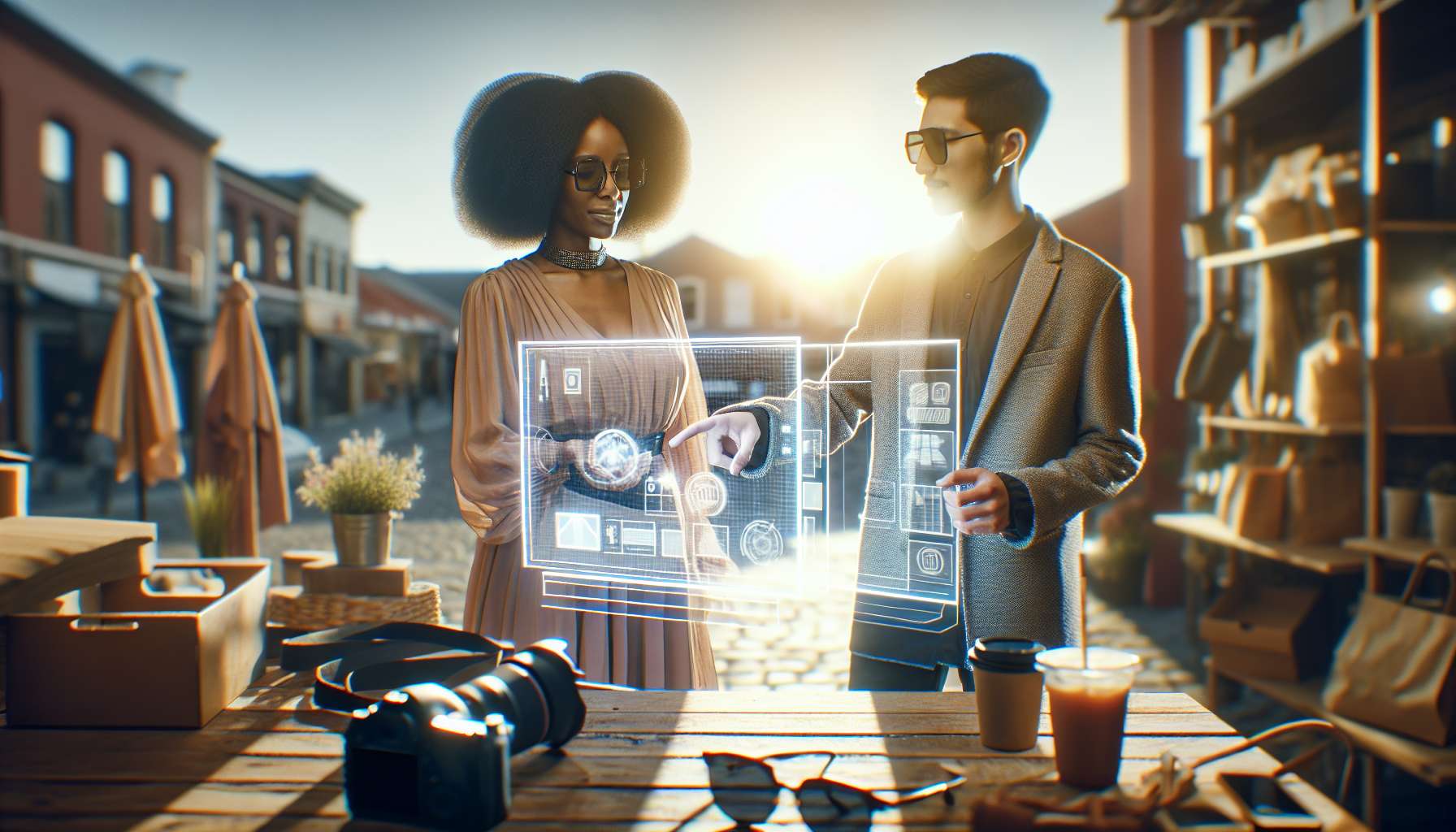Transforming the B2B Buying Experience with Augmented Reality
As technology continues to evolve, businesses are constantly seeking innovative ways to enhance their operations and improve customer experiences. One such technology that has gained significant attention in recent years is augmented reality (AR). By blending the virtual and physical worlds, AR has the potential to revolutionize the way B2B buyers interact with products and services, ultimately elevating the entire buying experience.
What is Augmented Reality?
Before we delve into the impact of AR on the B2B buyer’s experience, let’s first understand what augmented reality is. AR is a technology that overlays digital information, such as images, videos, or 3D models, onto the real world. Unlike virtual reality, which creates an entirely immersive experience, AR enhances the existing environment by adding virtual elements.
Enhancing Product Visualization
One of the key challenges in the B2B buying process is the ability to visualize complex products or solutions. Traditional methods, such as product catalogs or static images, often fall short in conveying the true value and functionality of a product. This is where AR comes in.
With AR, B2B buyers can use their smartphones or AR-enabled devices to superimpose virtual representations of products onto their physical surroundings. This allows them to explore the product from every angle, interact with its features, and even visualize how it would fit into their existing setup. By providing a more immersive and interactive experience, AR enables buyers to make more informed decisions and reduces the risk of post-purchase dissatisfaction.
Streamlining Product Customization
In many B2B industries, customization plays a crucial role in meeting the unique needs of customers. However, the process of customizing products can be complex and time-consuming. AR simplifies this process by allowing buyers to visualize and customize products in real-time.
Imagine a scenario where a B2B buyer wants to customize a piece of machinery to fit their specific requirements. With AR, they can use their device to virtually modify the product’s specifications, such as size, color, or additional features, and instantly see the changes reflected in real-time. This not only saves time but also ensures that buyers have a clear understanding of the final product before making a purchase.
Facilitating Remote Collaboration
In today’s globalized business landscape, collaboration between buyers and sellers often takes place across different locations. AR bridges this geographical gap by enabling remote collaboration and communication.
Through AR-powered platforms, B2B buyers can connect with sales representatives or technical experts in real-time, regardless of their physical location. They can share their screens, annotate virtual objects, and even receive live guidance on product usage or troubleshooting. This level of remote collaboration not only enhances the buying experience but also improves efficiency and reduces the need for costly on-site visits.
Looking Ahead
The potential of AR in enhancing the B2B buyer’s experience is immense, and we have only scratched the surface of its capabilities. As the technology continues to advance, we can expect to see even more innovative use cases and applications.
Industry experts predict that AR will become an integral part of the B2B buying process, with forecasts estimating a market value of over $60 billion by 2023. This indicates a growing recognition of the value that AR brings to businesses and the positive impact it has on customer satisfaction and sales.
In conclusion, augmented reality has the power to transform the B2B buying experience by enhancing product visualization, streamlining customization, and facilitating remote collaboration. By embracing AR, businesses can differentiate themselves from competitors, drive customer engagement, and ultimately achieve better business outcomes.





